Effective Waterproofing Strategies
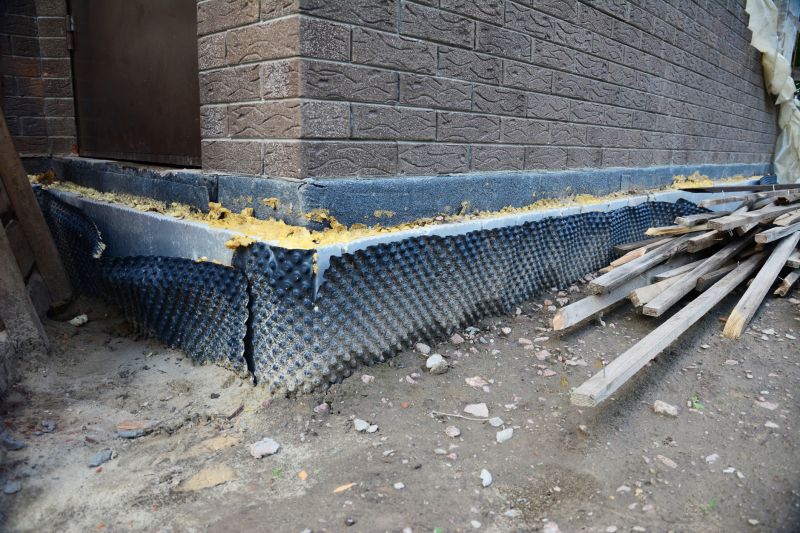
Applying waterproofing in spring ensures protection before heavy rainfall and moisture exposure.
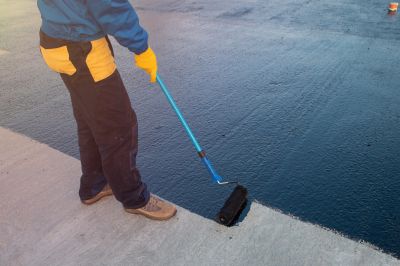
Summer offers warm, dry conditions ideal for effective waterproofing treatments.

Fall is suitable for waterproofing to prepare structures for winter weather.

Winter is generally not recommended due to low temperatures and moisture challenges.

Ways to make Waterproofings work in tight or awkward layouts.
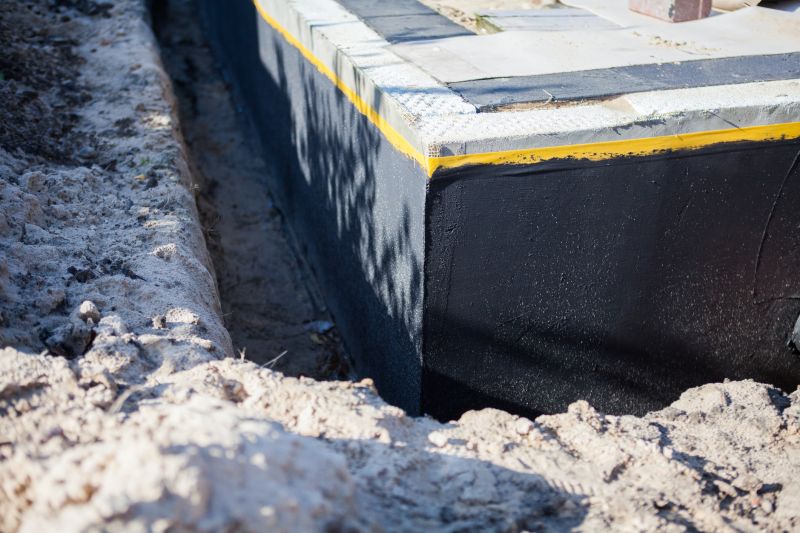
Popular materials for Waterproofings and why they hold up over time.
Waterproofings are essential for protecting structures from water intrusion, which can cause significant damage over time. Proper waterproofing extends the lifespan of buildings, prevents mold growth, and maintains structural integrity. The effectiveness of waterproofing methods depends heavily on the timing of application, weather conditions, and surface preparation. In regions with seasonal variations, timing is critical to ensure optimal adhesion and durability.
Statistics show that improper waterproofing can lead to costly repairs, with water damage accounting for a significant percentage of building-related issues annually. Applying waterproofing during appropriate seasons can reduce maintenance costs and improve the longevity of the structure. It is recommended to schedule waterproofing projects during dry, warm periods for best results.
Warm temperatures and low humidity levels promote better adhesion and curing of waterproofing materials.
Methods include membrane application, liquid coatings, and sealants, each suited for different seasonal conditions.
Cleaning and drying surfaces thoroughly before application enhances waterproofing effectiveness.
Rain, snow, and freezing temperatures can compromise waterproofing efforts, making timing crucial.
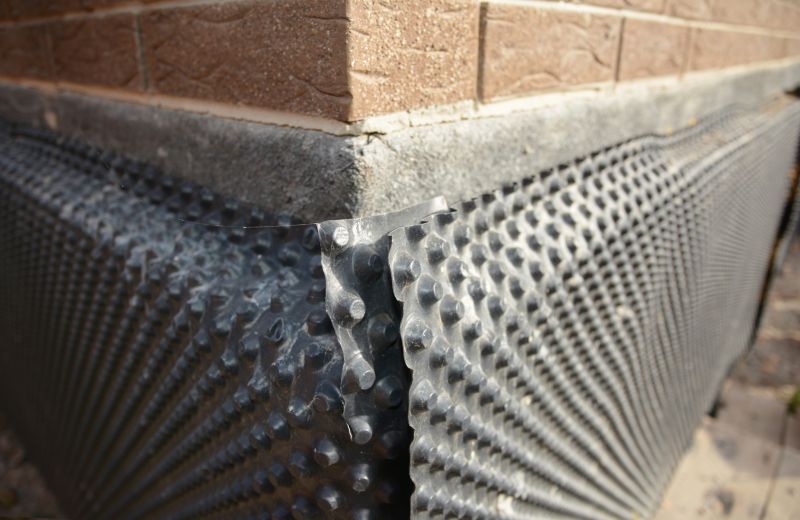
Simple add-ons that improve Waterproofings without blowing the budget.
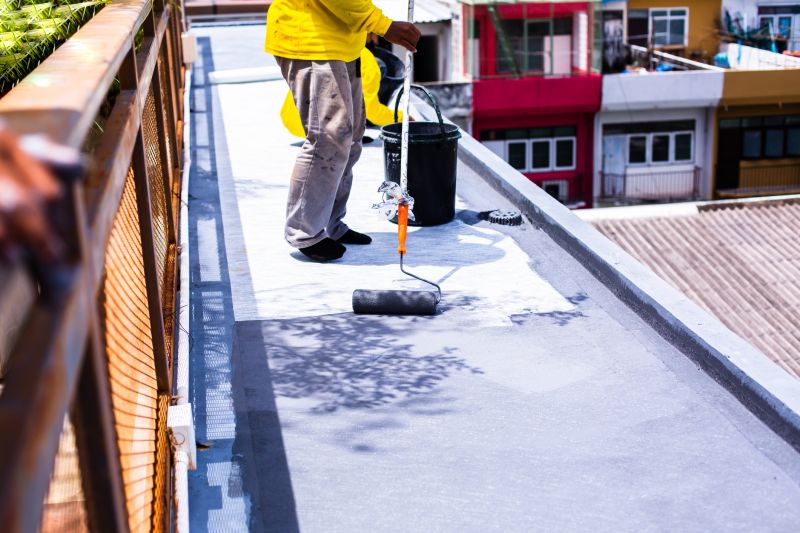
High-end options that actually feel worth it for Waterproofings.
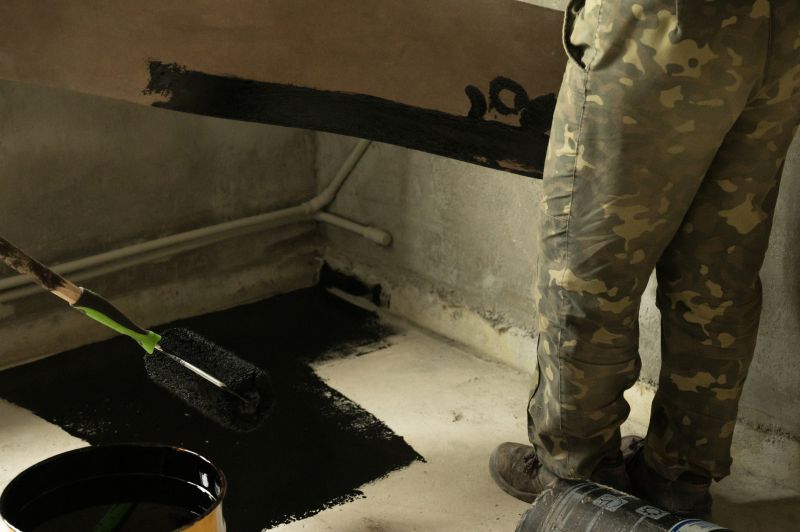
Finishes and colors that play nicely with Waterproofings.
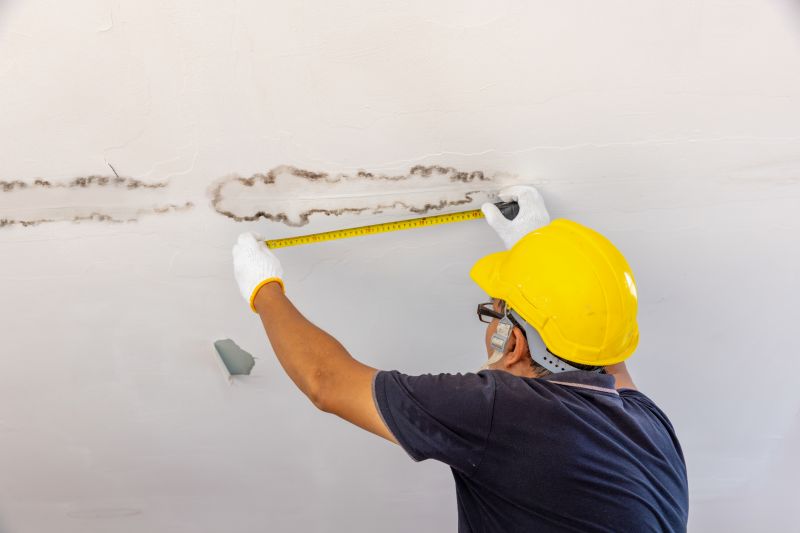
Little measurements that prevent headaches on Waterproofings day.
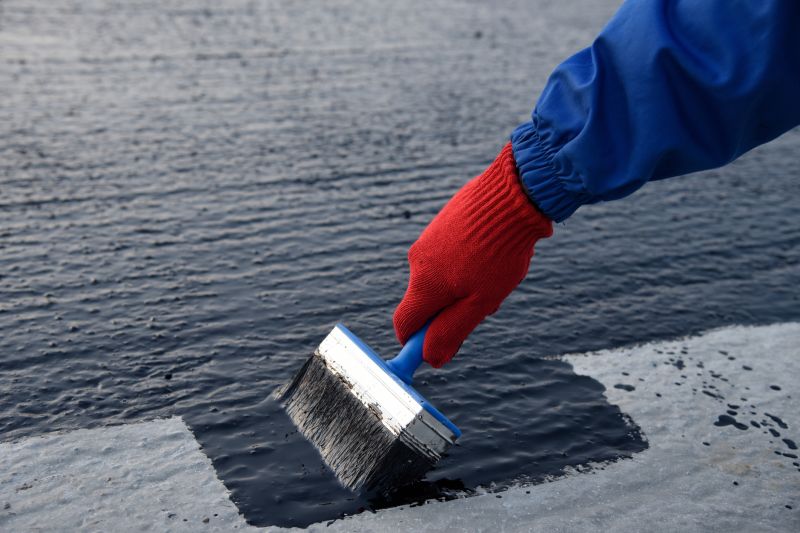
A 60-second routine that keeps Waterproofings looking new.
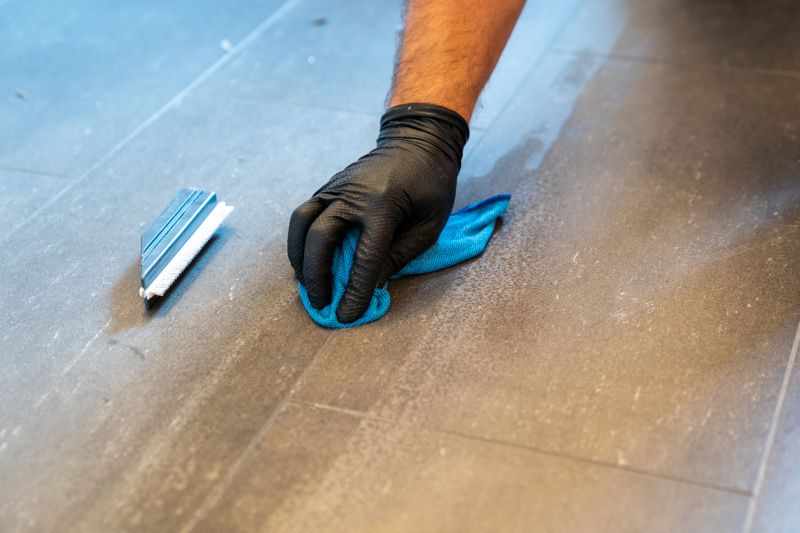
A frequent mistake in Waterproofings and how to dodge it.
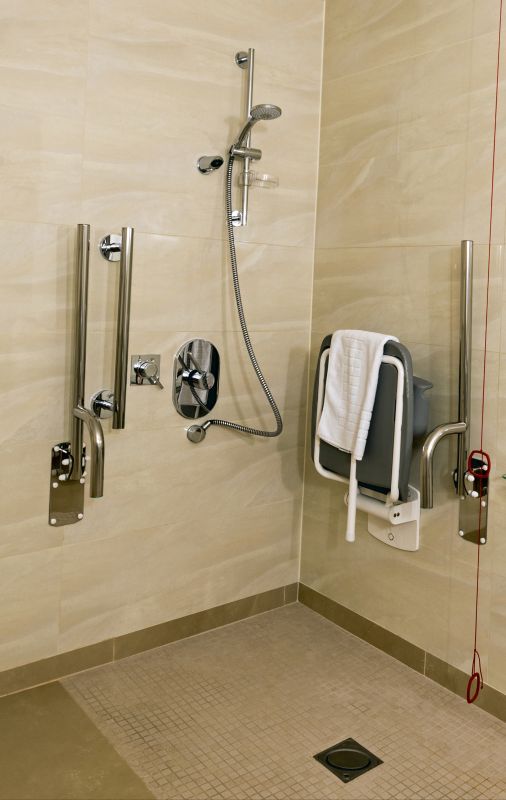
Small tweaks to make Waterproofings safer and easier to use.

Lower-waste or water-saving choices for Waterproofings.
| Season | Recommended Waterproofing Activities |
|---|---|
| Spring | Prepare surfaces, apply waterproofing before heavy rains. |
| Summer | Ideal for application due to warm, dry weather. |
| Fall | Perform waterproofing to protect against winter moisture. |
| Winter | Generally not suitable due to low temperatures and moisture issues. |
| Late Fall | Inspect and reapply if necessary before winter. |
| Early Spring | Begin waterproofing projects as weather permits. |
Choosing the right time for waterproofing enhances the durability of protective layers and reduces the risk of water-related damages. Proper timing, combined with suitable materials and surface preparation, ensures long-lasting results. Consulting with waterproofing professionals can help determine the optimal schedule based on local climate conditions.
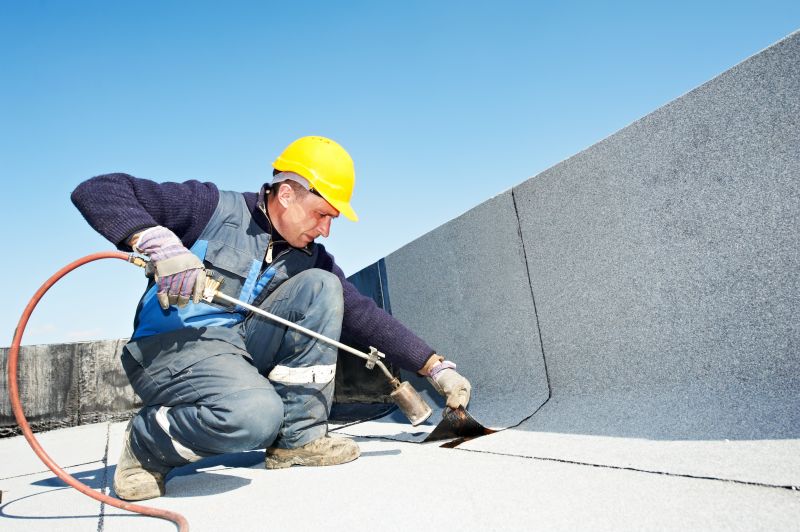
The short, realistic tool list for quality Waterproofings.
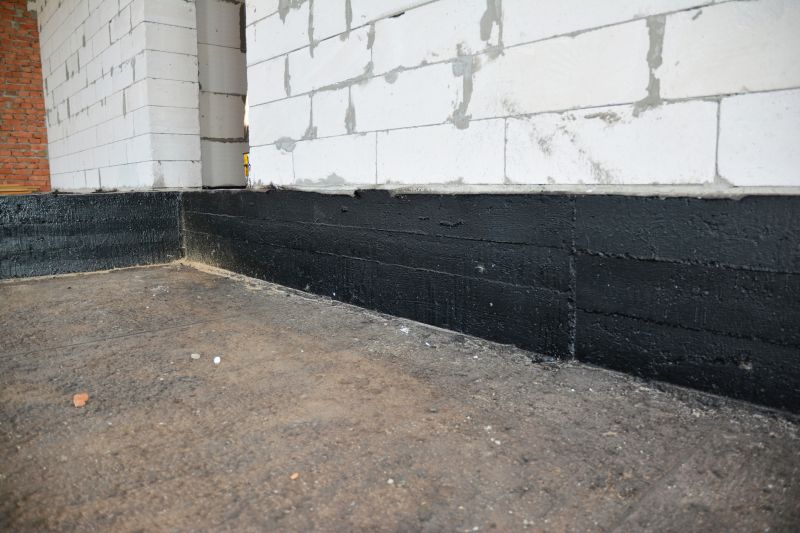
Rough timing from prep to clean-up for Waterproofings.
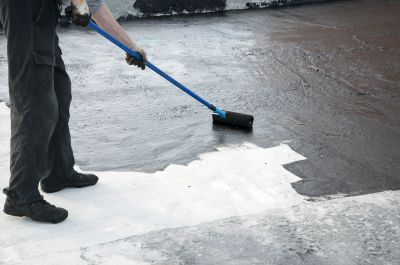
Quick checks and paperwork to keep after Waterproofings.

Examples that show the impact a good Waterproofings can make.

Ways to make Waterproofings work in tight or awkward layouts.

Ways to make Waterproofings work in tight or awkward layouts.
Interested in waterproofing solutions? Filling out the contact form can provide more information and help plan the best timing for your project. Proper scheduling and application are key to ensuring long-term water resistance and structural protection.

